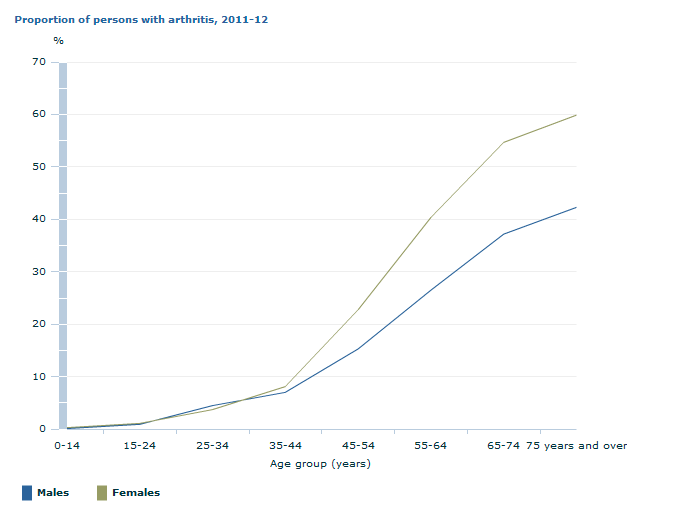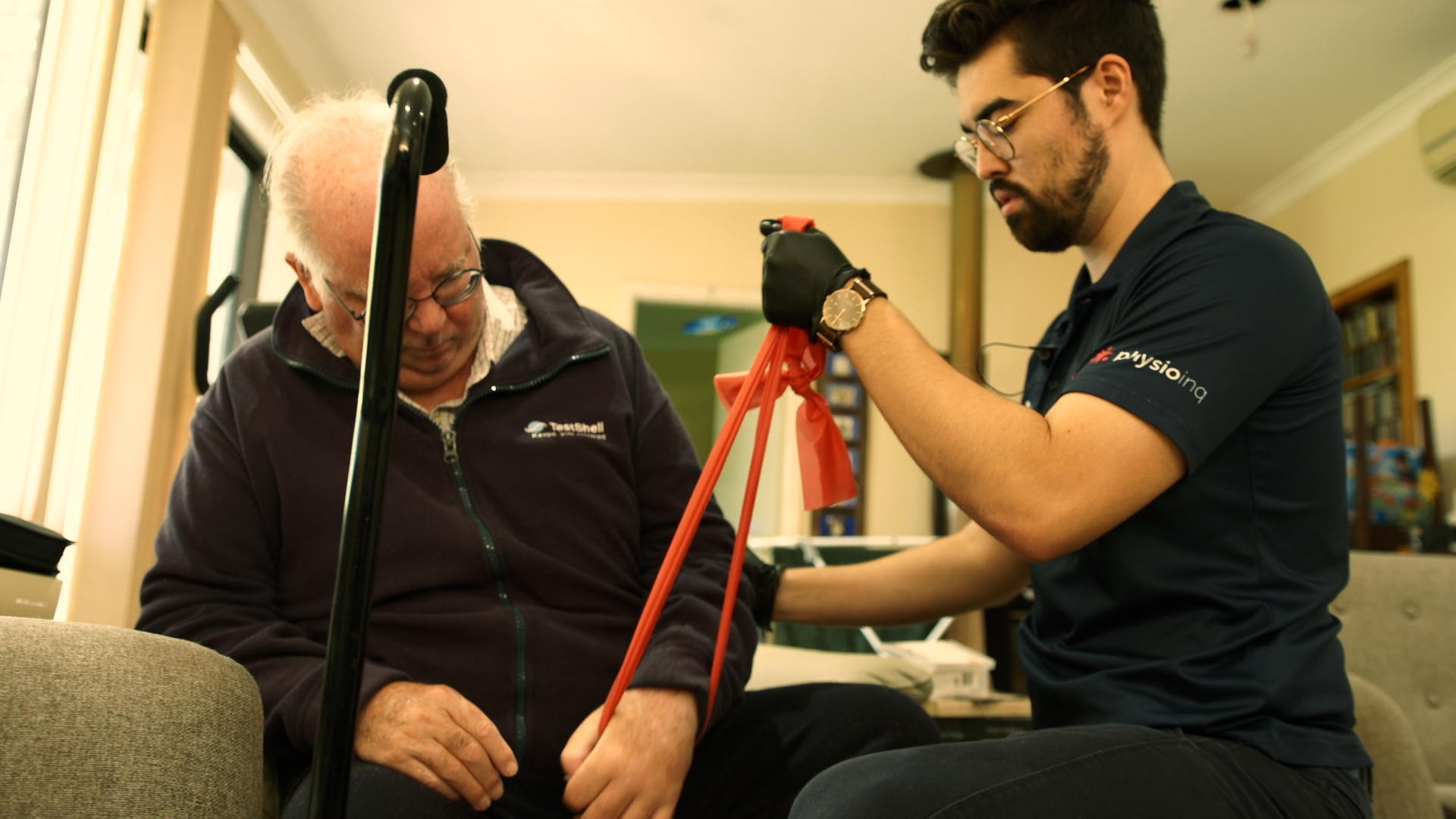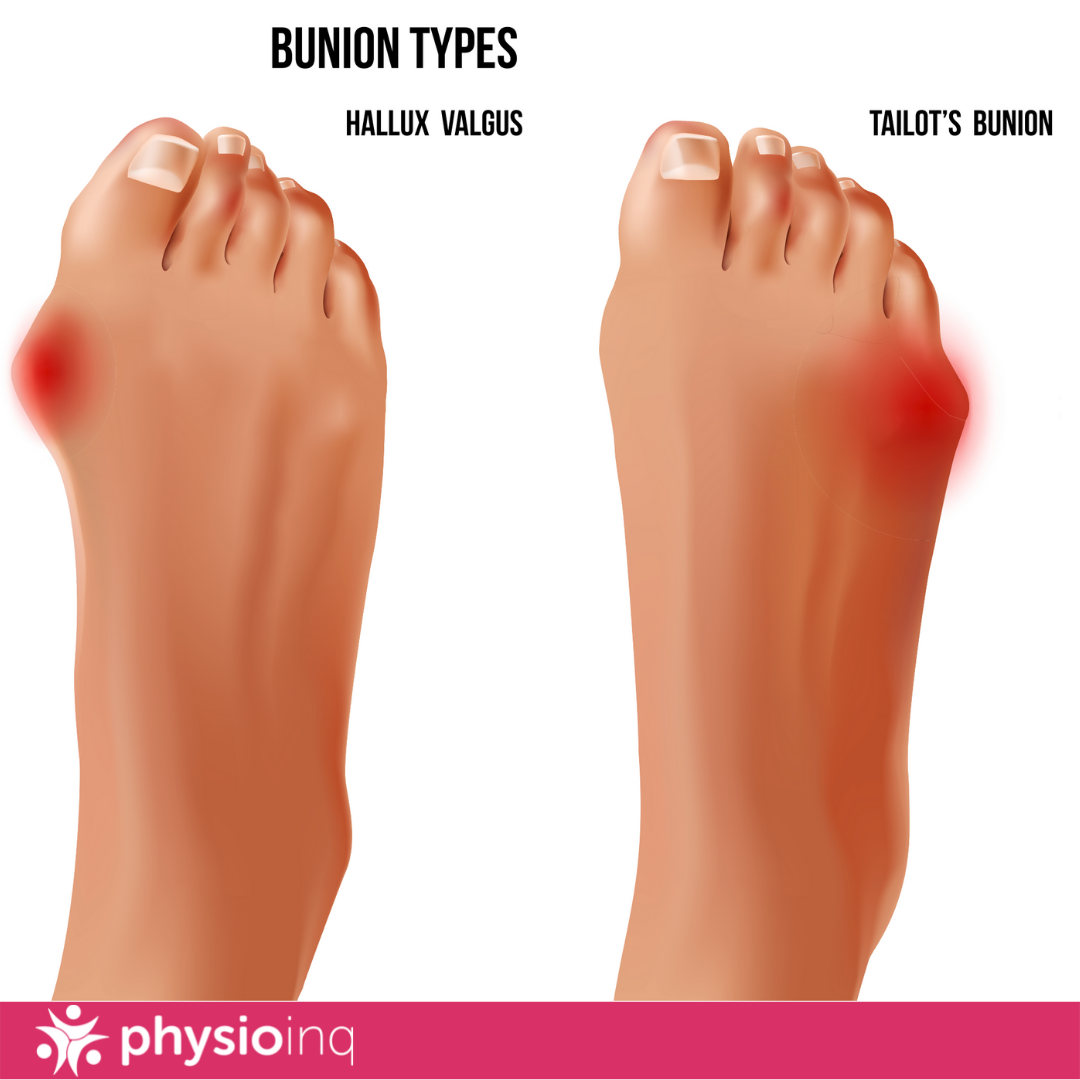Make an Appointment
Arthritis affects numerous people worldwide and according to ABS In 2011-12, 14.8% of Australians (or around 3.3 million people) had arthritis, with prevalence higher amongst women than men (17.7% compared with 11.8%).

Rheumatoid Arthritis can be one of the most painful physical conditions, and the cause is still not known. One of the most common questions is what is the difference between Rheumatoid Arthritis and Fibromyalgia. Both of these conditions can show the same symptoms such as pain, fatigue, and even depression. However, these conditions are not the same and cannot be treated in the same way.
The most common individuals that have rheumatoid arthritis are those in their 40s and 50s, and women are more prone to suffer from this ailment which is similar to Fibromyalgia. However, with Rheumatoid Arthritis the older we get, the less active we become due to age or other medical conditions such as cardiovascular diseases, obesity, or lifestyle factors. Some symptoms may include stiffness of joints in the hands, feet, and shoulders.
According to "What’s The Difference Between Rheumatoid Arthritis And Fibromyalgia?" (2017), "The pain with Fibromyalgia tends to be more widespread with tender points located at the back of your head, upper back, elbows, and knees.” (). Fibromyalgia does not damage your joints like rheumatoid arthritis.
However, there are ways to combat rheumatoid arthritis which can include rest and exercise which is both necessary and useful. To overcome rheumatoid arthritis speak to a specialist or a Physio Inq Physiotherapist for the appropriate course of action such as medication, test, and an exercise plan. The "Rheumatoid Arthritis Treatment" (2016) website, states that surgery may never be needed, but treatment begins with stopping the inflammation.
Rheumatoid Arthritis and Fibromyalgia are conditions that can be managed and treated.
If you have any questions, or want to find out more, give one of our dedicated team members a call on 1300 731 733 to discuss how we can help OR find your local Physio Inq clinic or mobile service and book in with one of our therapists today.
As always, we want all of our clients, who become part of our family, to Live a Life With Less Limits!
Date Published: Saturday, January 19, 2019
Locate a Mobile Physiotherapy
Service Near me
Get the experience & convinence you deserve to support your or a loved one's allied health needs.
Our Mobile Physiotherapy team are currently serving & taking appointments in the following states and regions in Australia:
Need to get into direct contact with ur Client Services team? We're all ears. Call our team directly on 1300 731 733





















